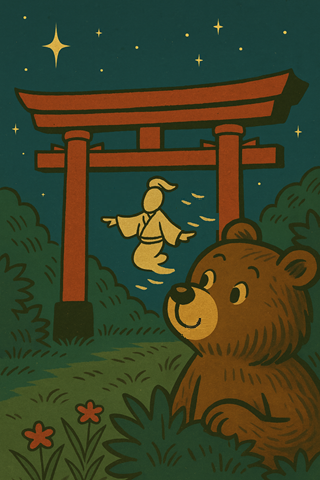In ancient Japan, each month had a poetic name rooted in nature, culture, and seasonal rhythms.
October was called Kannazuki (かんなづき / 神無月).
You can still find this name on traditional Japanese calendars.

Meaning of Kannazuki (かんなづき / 神無月)
The name breaks down as:
- 神 (kami) – “god(s), deity”
- 無 (na) – “none, without”
- 月 (tsuki) – “month”
Together, Kannazuki is often interpreted as “The Month Without Gods.”
Why “without gods”?
There’s a famous legend in Japan that during October, all the deities from across the country leave their local shrines and gather at Izumo Taisha, a grand shrine in today’s Shimane Prefecture.
Because of this:
In Izumo, however, October is called Kamiarizuki (神在月), meaning “The Month With Gods,” since all the deities are believed to be present there.
In most regions of Japan, October was seen as the time when gods were “absent.”
Cultural meaning
October carries a mystical air in the Japanese calendar.
It’s seen as a month of divine meetings, where gods gather to discuss the fates of people, relationships, harvests, and the coming year.
For ordinary people, this month also symbolized:
- The end of harvest season.
- A shift toward winter preparations.
- Respect for the unseen forces guiding daily life.
Originally inspired by Chinese traditions
The old names for the months were originally inspired by Chinese traditions, but they’ve taken on unique meanings in Japanese life today.
